beings: rat tailed maggot
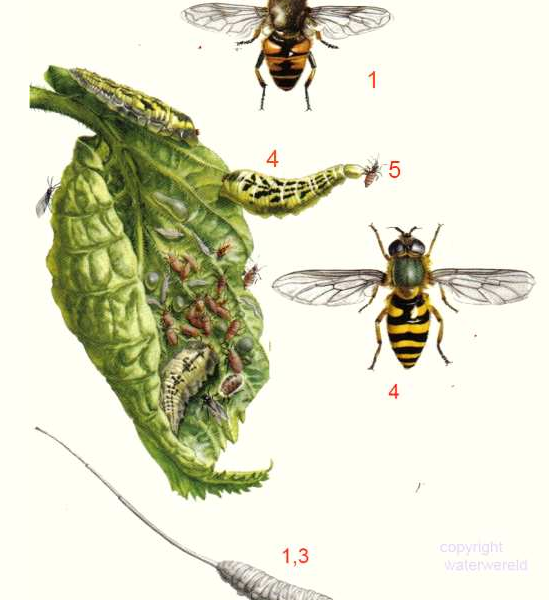
The eggs are laid by strongly polluted water, nowadays these a manure pits. The rat-tailed maggots feeds on organic particles, algae and most often on the bacteria that lives in the manure pit. As there is abundant bacteria and no preditors that can survive in a manure pit, the rat-tailed larva will thrive strongly. http://www.waterwereld.nu/dronefly.php […]
Big Ag is Conquering MN Like A Noxious, Unkillable Weed
From: Big Ag is Conquering MN Like a Noxious, Unkillable Weed “Last year, Luoma Egg Ranch, a large factory farm south of Duluth, was fined $95,000 for allowing chicken excrement and waste eggs to flow into Medicine Creek. Inspectors repeatedly found manure bubbling from a manhole at the farm, tracing it nearly a mile […]
“From Runoff to Ruin”
Excerpts from: From Runoff to Run: The Undoing of Minnesota’s Lakes Inspirations for masks: Native species for rain gardens and natural buffers between agg fields/lawns and lakes Person to interview/add to failure support group: Peter Sorensen @ University of Minnesota; Jim Erkel, attorney for MN center for Environmental Advocacy i.e.: ““It’s death by a thousand cuts,” […]
Eurasian Watermilfoil (invasive, especially in nutrient-rich lakes)
Source: http://www.lakeaccess.org/eurasianwatermilfoil.html Eurasian Watermilfoil can form thick underwater stands of tangled stems and vast mats of vegetation at the water’s surface, especially in nutrient-rich lakes. Potential Problems Interferes with recreational water activities such as boating, fishing, and swimming Crowds out important native aquatic plants which decreases important habitat and diversity in the lake Reflections: Milfoil […]
Toxic Taters meetings at Detroit Lakes library

Location: Calloway, MN Link: Toxic Taters is a grassroots organization. That means that we are led by the people affected and staff are really just there to support the work of the community. Everyone is welcome to take part in our monthly meetings which take place on the 4th Monday of the month at 10am […]
Halting Pines-to-Potatoes
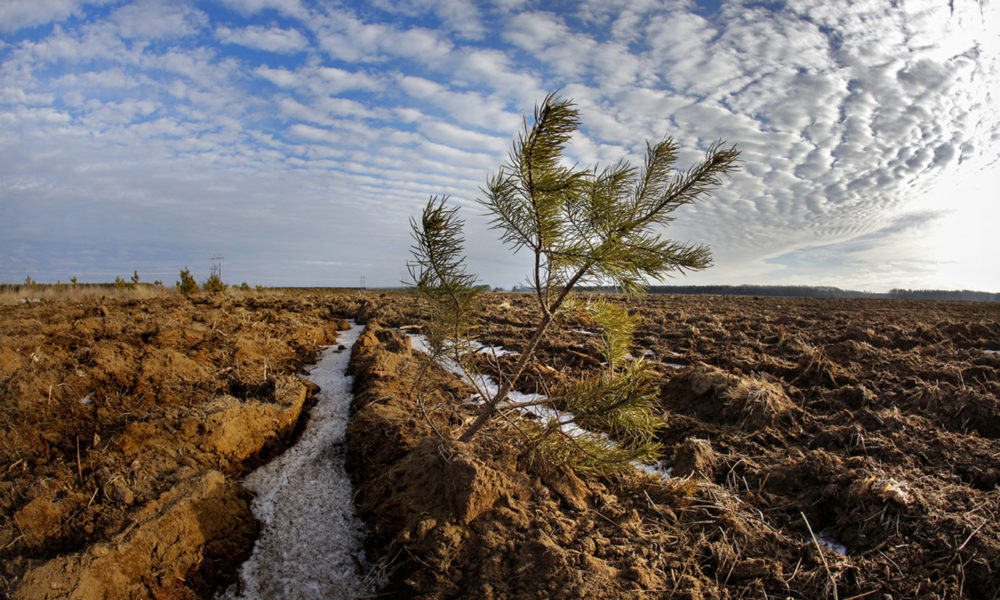
Resource: “DNR halts pines-to-potatoes conversion in central Minnesota” Location: Central MN The Star Tribune reported Sunday that the pines-to-potatoes conversion is part of a bigger, mostly invisible transformation in the watershed that drains into the Upper Mississippi River, a basin that supplies drinking water for 1.7 million people in the Twin Cities. Since 2006, about […]
Aquifers and Drinking Water for Minnesotans
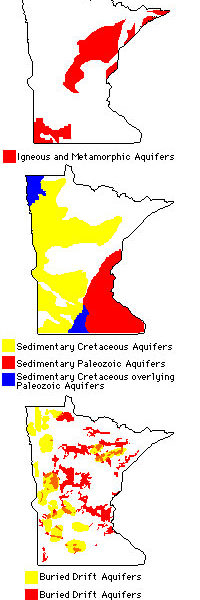
From the U of M Extension website Although man-made chemicals such as pesticides may get more attention, the most common drinking water contaminants in Minnesota that pose a threat to human health are coliform bacteria and nitrate. Public health professionals consider disease-causing bacteria and viruses a greater potential danger to public health than chemical […]
Toxic Taters
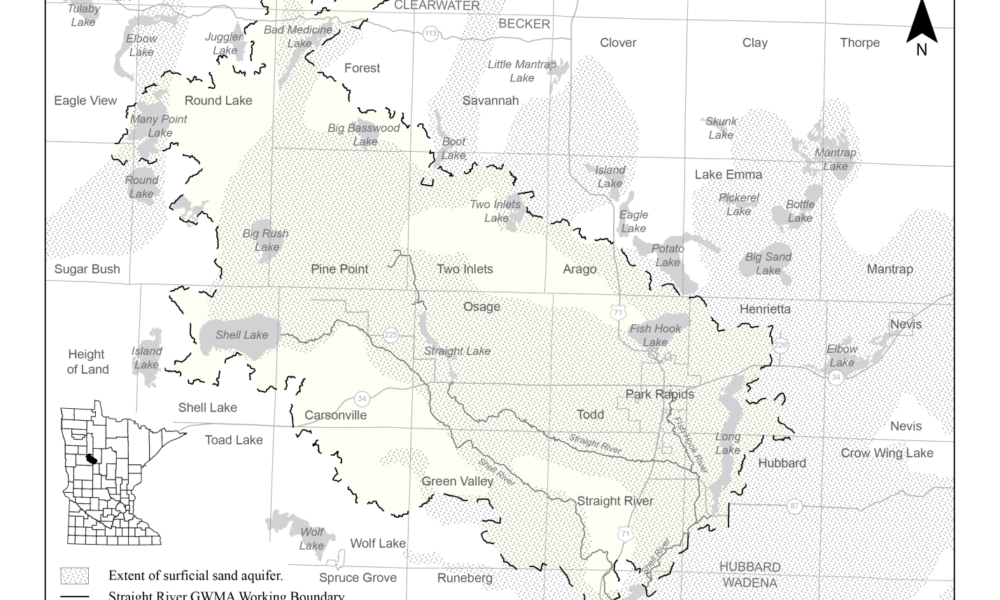
Image: Pineland Sands Aquifer Location: Callaway, MN Toxic Taters has been working since early 2015 to protect Hubbard, Becker, Wadena, and Cass counties in MN from an RDO expansion that has been threatening thousands of acres of the pines with conversion into potato fields. “On November 17, 2015, community members represented by Toxic Taters and […]
Blue-green algae
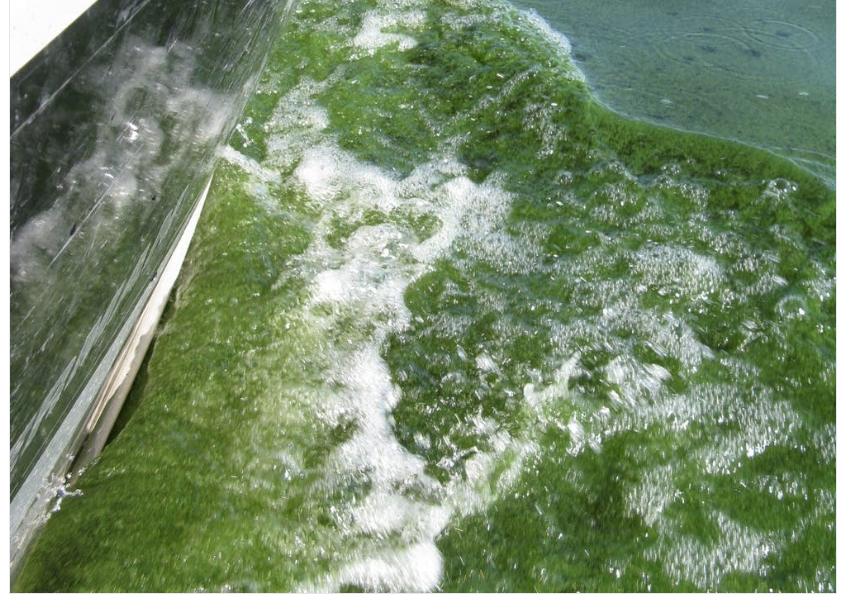
The warming temperatures and more intense rains Minnesota has seen under climate change are altering lakes in ways that give blue-green algae a boost. The longer growing season that’s a byproduct of global warming offers blue-green algae warmer temperatures and more opportunities to thrive. In Minnesota’s lakes, blue-green algae thrive best under warm, dry, calm […]